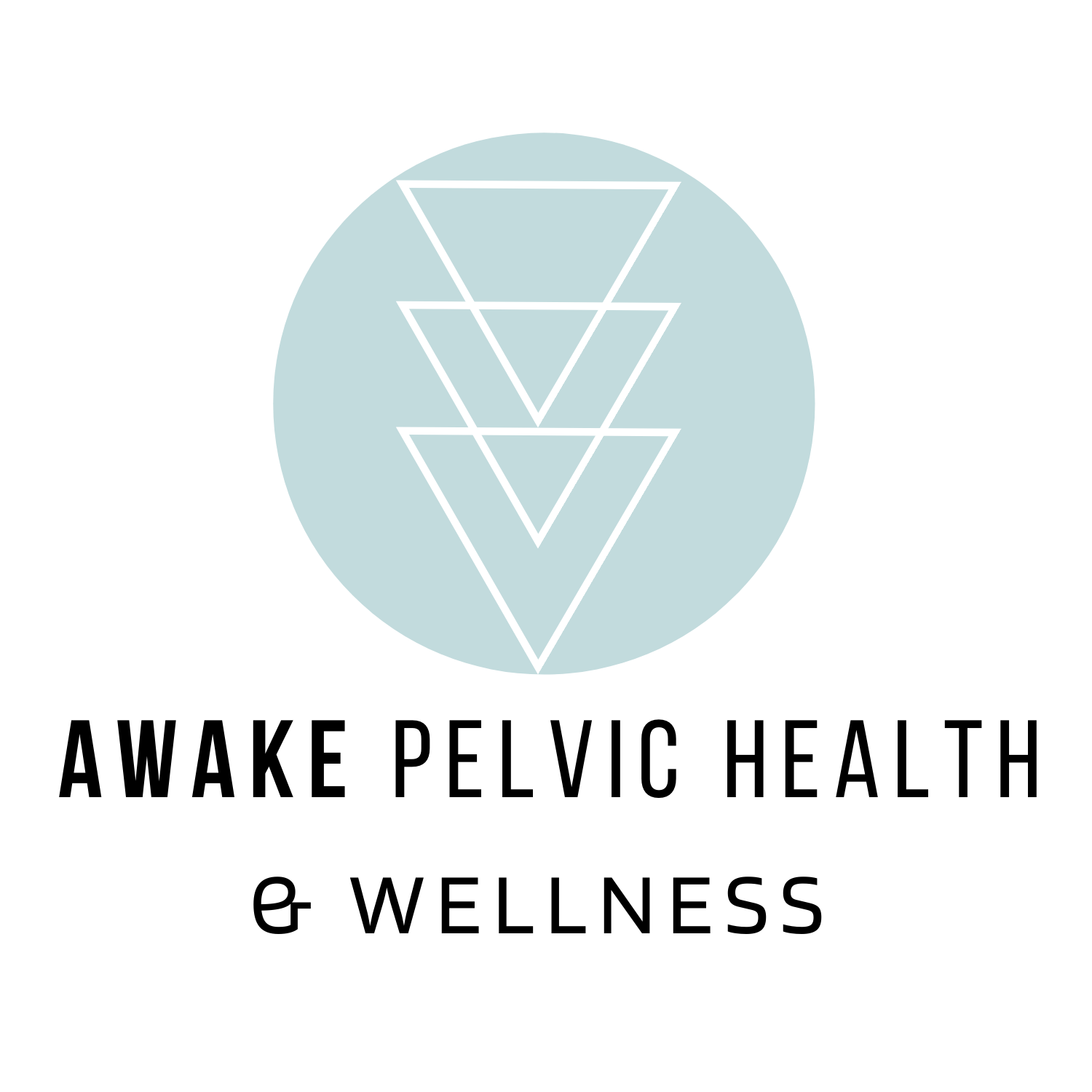Five Myths About Endometriosis - What You Need to Know
March is Endometriosis Awareness Month, a time to shine a light on this often misunderstood condition affecting 1 in 10 people with uteruses. Despite its prevalence, many myths and misconceptions continue to delay proper diagnosis and treatment. At Awake Pelvic Health & Wellness, we believe education is key to better care—so let’s bust some of the biggest myths about endometriosis.
Myth #1: “Severe period pain is normal.”
🚫 The Truth: Painful periods are common, but they are NOT normal. If your cramps are so severe that they interfere with your daily life, keep you home from work, or don’t improve with pain medication, that’s a red flag. Endometriosis pain isn’t limited to periods—it can cause chronic pelvic pain, painful intercourse, bladder and bowel dysfunction, and even full-body symptoms.
If you’re experiencing intense or persistent pain, don’t let anyone dismiss it as “just bad cramps.” You deserve answers and real solutions.
Myth #2: “Pregnancy cures endometriosis.”
🚫 The Truth: Pregnancy does not cure endometriosis. Some people experience temporary relief due to hormonal changes during pregnancy, but for others, symptoms can remain the same or even worsen postpartum. Endometriosis is a chronic condition that requires long-term management, not just temporary symptom relief.
Rather than relying on outdated myths, it’s essential to focus on comprehensive care strategies like proper medical treatment, pelvic floor physical therapy, and lifestyle support.
Myth #3: “A hysterectomy will cure endometriosis.”
🚫 The Truth: Endometriosis is not just a uterine disease—it occurs when endometrial-like tissue grows outside the uterus. While removing the uterus (hysterectomy) may help manage symptoms for some, endo lesions can remain in the body if they aren’t properly excised.
True relief comes from expert excision surgery, pelvic floor therapy, and a whole-body approach that addresses inflammation, mobility restrictions, and pain management.
Myth #4: “Hormonal birth control stops endometriosis from progressing.”
🚫 The Truth: Birth control can help manage symptoms, but it does not stop endometriosis from growing. Many people find temporary relief, but once they stop taking hormonal medication, their symptoms return.
Endometriosis is a complex, inflammatory condition, and while hormonal suppression can be a tool in symptom management, it is not a cure. A comprehensive approach, including surgical intervention, pelvic floor therapy, and lifestyle changes, often leads to the best outcomes.
Myth #5: “Endometriosis only affects the reproductive system.”
🚫 The Truth: Endometriosis is a full-body disease. It can affect the bladder, bowels, diaphragm, nervous system, and even musculoskeletal function. Many people experience symptoms like:
✔ Chronic bloating ("endo belly")
✔ Painful urination or bowel movements
✔ Low back, hip, or pelvic pain
✔ Nerve pain, fatigue, and systemic inflammation
Because endo symptoms extend beyond the reproductive system, a whole-body approach to treatment—including pelvic floor physical therapy, visceral mobilization, and nervous system regulation—can be incredibly effective.
How Pelvic Floor Physical Therapy Helps with Endometriosis
At Awake Pelvic Health & Wellness, we specialize in helping people with endometriosis move beyond pain and dysfunction. Our holistic approach includes:
✔ Pelvic floor & abdominal therapy to relieve muscle tension and scar tissue restrictions
✔ Visceral mobilization to improve gut and organ mobility
✔ Core & breathwork strategies to enhance stability and reduce bloating
✔ Nervous system regulation to calm pain pathways and improve movement
**If you’re dealing with chronic pelvic pain, painful periods, or symptoms that don’t seem to have answers—we see you, we believe you, and we’re here to help.

